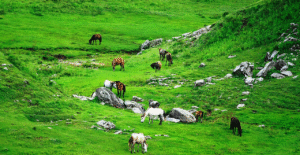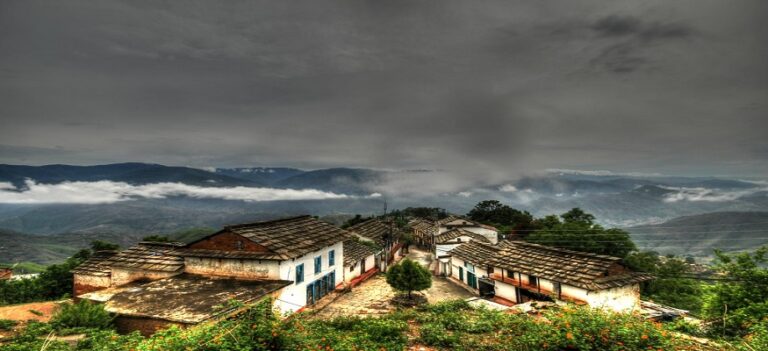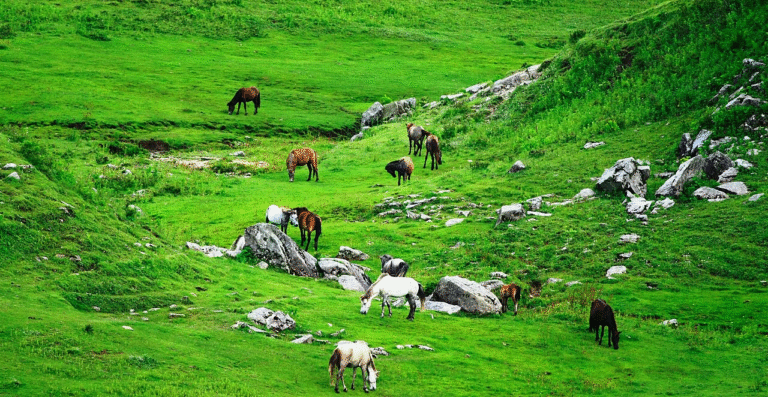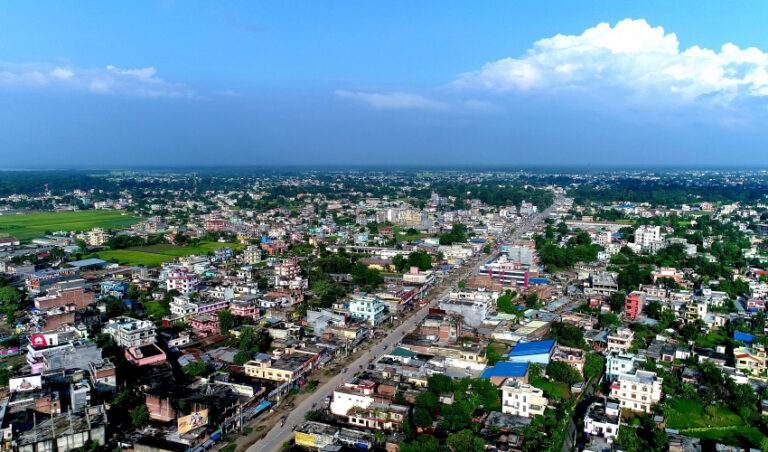Have you ever wondered about stepping off the beaten path and discovering something truly extraordinary? The Parsa District in Nepal is just such a treasure, waiting to be discovered. Nestled in the Madhesh Province of Nepal, it’s a delightful mix of picturesque landscapes, diverse cultures, and fascinating history. Let’s embark on a journey to explore this hidden gem.
A Deep Dive into Parsa’s Geography and Climate
Each region carries its unique geographical signature and the Parsa District in Nepal is no exception. Located in the Madhesh Province of Nepal, Parsa is flanked by the Bara District in the east and the Makwanpur District in the north. To its south, it shares its borders with the Indian state of Bihar, creating a dynamic interplay of cultures and traditions that traverse these boundaries, whereas to it’s west it share border with Chitwan District. This geographical location bestows upon Parsa an incredible richness, not only culturally, but also in terms of biodiversity and landscapes.
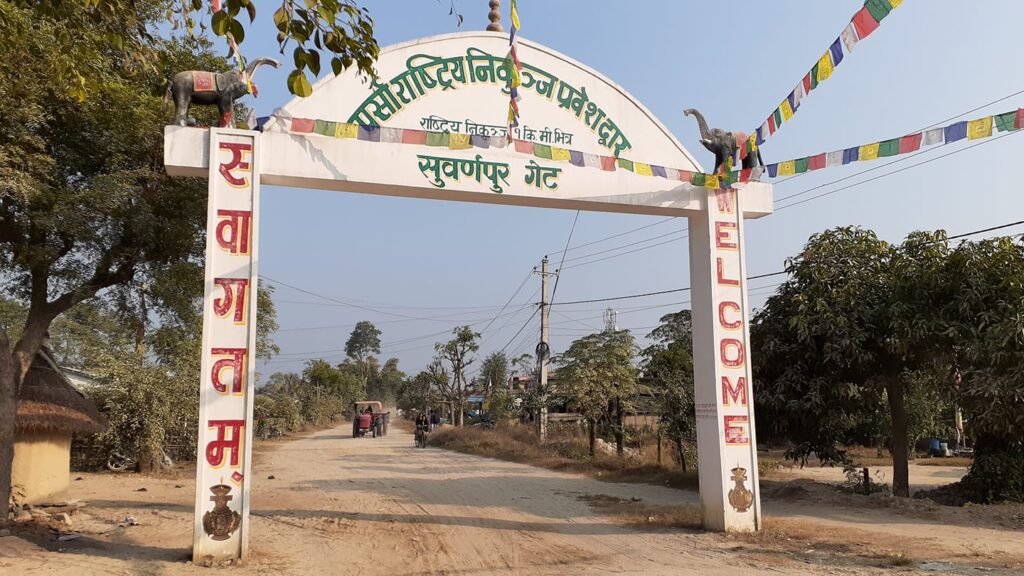
The geographical tapestry of Parsa is striking in its diversity. The district sprawls across the fertile plains of the Terai, characterized by its lush agricultural landscapes and dense forests. This region is the granary of Nepal, thanks to its rich alluvial soil that makes it ideal for agriculture. As you travel further, the plains give way to the undulating terrain of Siwalik, also known as the Outer Himalayas. The Siwalik range in Parsa is a treasure trove of biodiversity and offers fascinating trekking trails for adventure enthusiasts. It’s here that the stunning Parsa Wildlife Reserve is nestled, a haven for wildlife lovers.
The climate of Parsa is as diverse as its geography. It enjoys a sub-tropical monsoon climate, which means it experiences warm to hot temperatures throughout the year with a distinct monsoon season. The summer months, from April to June, can get quite hot with temperatures reaching up to 35°C, while winters, from November to February, are mild and pleasant with temperatures hovering around 18°C.
The monsoon season from June to September is when Parsa truly comes alive. The landscape transforms into a verdant paradise as the monsoon showers breathe life into the plains and hills. While the rainfall might present some challenges for travel, it also presents an opportunity to witness the lush beauty of Parsa in all its glory. The forests become a riot of green, the air gets a fresh, earthy aroma, and the sound of rain on the leaves creates a soothing melody, making Parsa a dreamy escape for nature lovers.
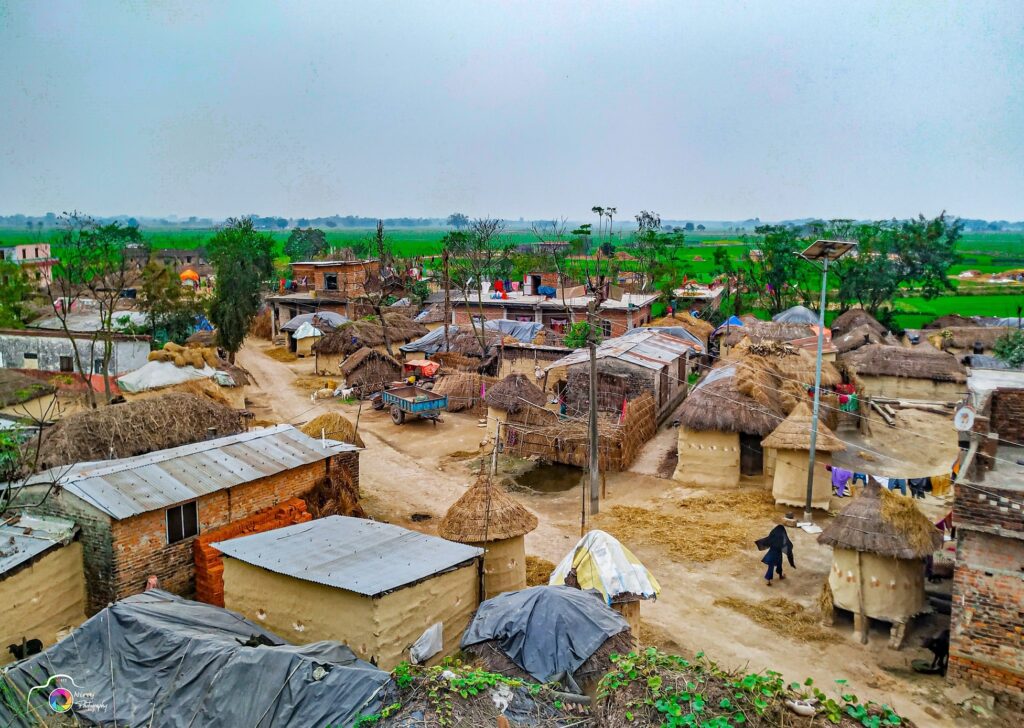
In a nutshell, the geography and climate of Parsa add to its allure as a travel destination. Whether you are a culture enthusiast, an adventure seeker, a nature lover, or a history buff, Parsa’s diverse geography and climate set the stage for an array of experiences that cater to all tastes and interests.
The Intricate Cultural Mosaic of Parsa
The true heart of any place beats in its culture – the practices, traditions, and languages that have shaped its social fabric over time. In Parsa District, this cultural heartbeat resonates with a rich diversity, reflected in the variety of languages spoken, the blend of ethnicities, and the array of religious beliefs.
Language is often seen as a mirror to society, and in Parsa, this mirror reflects a fascinating linguistic landscape. Bhojpuri, with its mellifluous tones and expressive phrases, is the predominant language here, spoken widely among the locals. This language adds a unique flavor to the everyday life of Parsa, evident in the local music, folk tales, and spirited conversations. Alongside Bhojpuri, Maithili and Nepali also form an integral part of the linguistic identity of Parsa. Each of these languages, with their unique scripts and sounds, adds a distinctive hue to the linguistic palette of the district.
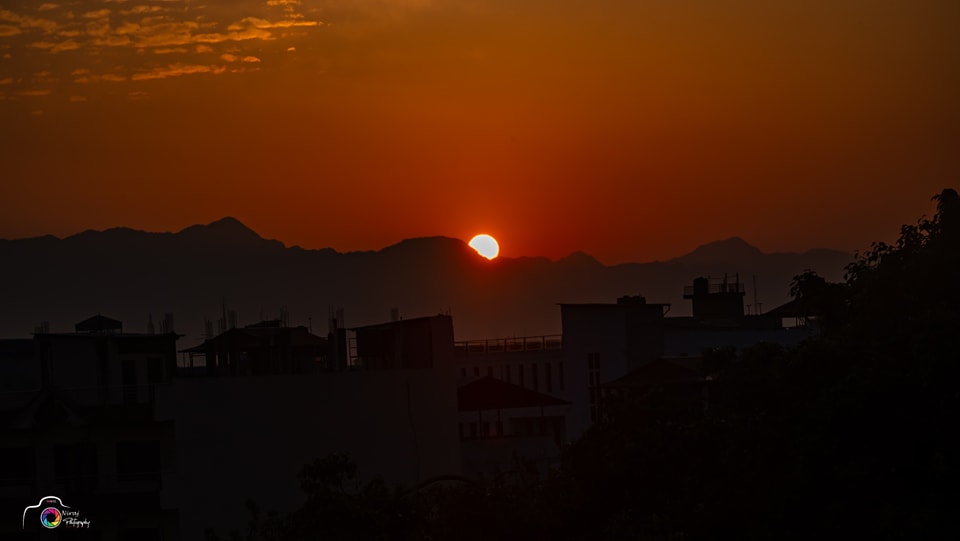
Just like the variety of languages, the ethnic composition of Parsa is a rich tapestry of diversity. The Yadavs, known for their agricultural skills, are a significant part of the community. Their folk songs, dances, and festivals are delightful insights into their rich cultural lineage. Similarly, the Tharus, one of the indigenous tribes of Nepal, bring a vibrant cultural flavor to Parsa. Their traditional Tharu dance, local cuisine, and distinct style of dress add unique charm to the district’s multiculturalism. The Baniya community, traditionally engaged in trade and commerce, is another vital part of Parsa’s demographic diversity, contributing to the economic vibrancy of the region.
Religion in Parsa is a harmonious symphony of diverse beliefs, with Hinduism taking the lead. The skyline is punctuated with the spires of temples, their bells echoing the age-old rituals and festivities that are an intrinsic part of the district’s social fabric. Despite this rich diversity in religious beliefs, what’s commendable is Parsa’s emphasis on education. The district boasts a high literacy rate, a testament to its commitment towards educational development. This focus on education is an essential thread in the district’s cultural fabric, creating an enlightened society that values knowledge and learning.
In essence, the cultural tapestry of Parsa is a vibrant mosaic of languages, ethnicities, and religions. This diversity is not just a demographic fact, but a lived experience that shapes the daily life, the social interactions, and the very identity of Parsa District.
Diving into the Administrative Layers of Parsa
The administrative structure of a place often serves as the backbone to its functioning, providing services, maintaining order, and contributing to its development. In Parsa District, this administrative machinery is headquartered in Birgunj, one of the most economically vibrant cities in Nepal. Its strategic location, on the border with India, makes it a hub for international trade and commerce. With a bustling market, diverse industries, and significant infrastructure, Birgunj mirrors the dynamic progress of Parsa.
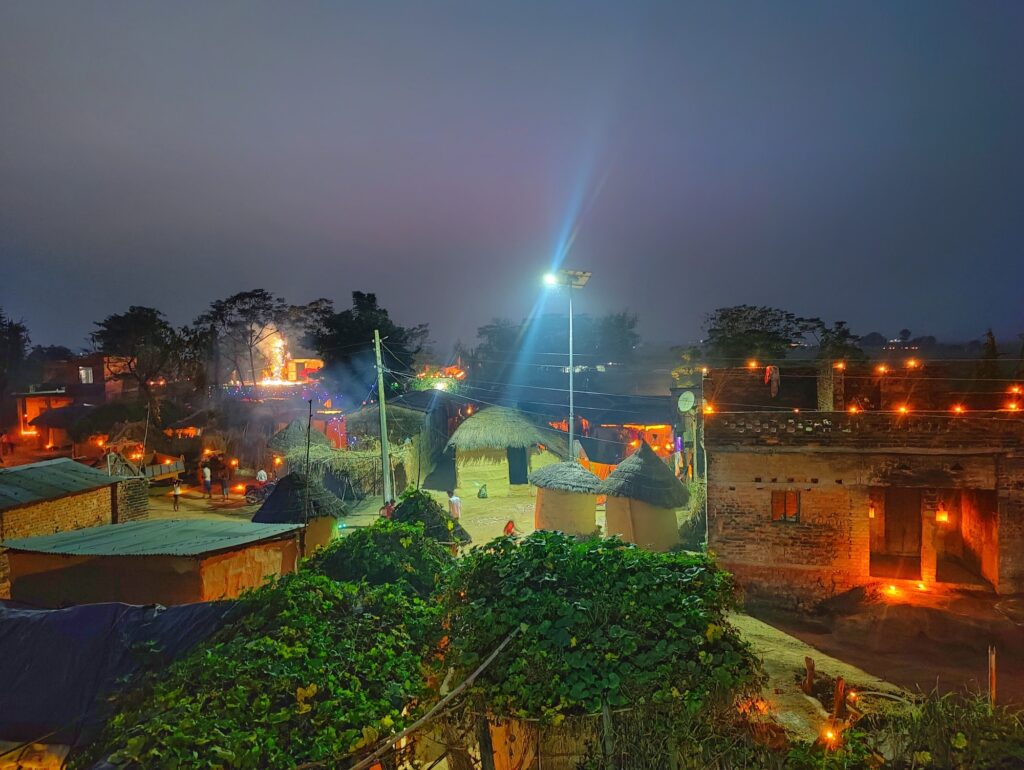
The district’s administrative system is a well-oiled machine, organized into 14 local governments, each contributing to the functioning and progress of Parsa. Among these, Pokhariya stands out with its impressive educational institutions and markets. Jirabhawani, known for its agricultural output and community spirit, is another key local government. Then, there’s Thori, a picturesque region nestled in the foothills of Siwalik, renowned for its wildlife and natural beauty.
There is one metropolitan city namely Birgunj Metropolitan. There are three municipalities: Bahudarmai, Pokhariya and Parsagadhi municipalities. And nine rural municipalities named: Bindabasini, Dhobini, Chhipaharmai, Jagarnathpur, Jirabhawani, Kalikamai, Pakaha Mainpur, Paterwa Sugauli, Sakhuwa Prasauni and Thori Rural Municipality.

These local governments not only play a critical role in the administration but also add to the socio-cultural texture of Parsa. Each of them carries a distinct character, a unique charm that reflects in their lifestyles, festivals, and attractions. Collectively, they contribute to the multifaceted appeal of the Parsa District.
The Unmissable Attractions of Parsa District
Every journey seeks an unforgettable narrative, and in Parsa, the array of attractions promises just that. One such standout is the Parsa Wildlife Reserve. Sprawling across the Terai region, the reserve is a testament to Parsa’s rich biodiversity. It is home to a plethora of exquisite fauna including Bengal tigers, sloth bears, leopards, and several bird species. Its dense sal forests and riverine landscapes create an enchanting setting for nature lovers and wildlife enthusiasts.
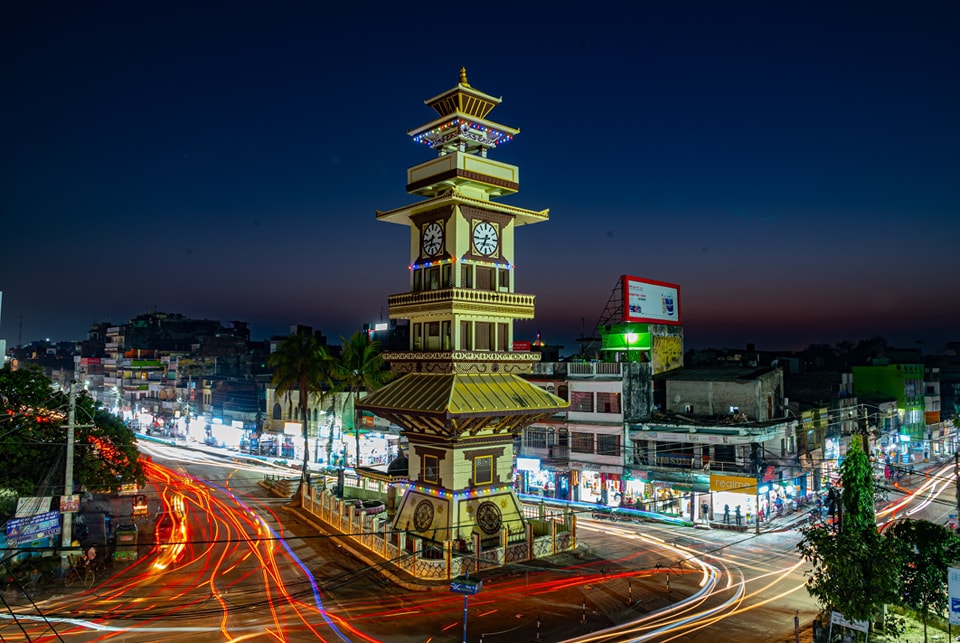
At the heart of the district is Birgunj, a city that never fails to mesmerize. Here stands the Ghantaghar, more than just a clock tower, it’s a symbol of unity and the pulse of the city’s bustling life. Witnessing the daily activities around this iconic landmark gives you a genuine taste of the local life in Birgunj.
Then, there’s the Shankaracharya Gate, the formal entry point to Nepal from India. A structure of significant symbolic importance, it stands as a testament to the friendly relations between the two nations. The view of the gate, with the fluttering flags of both countries, is a sight that fills one with a sense of peace and camaraderie.
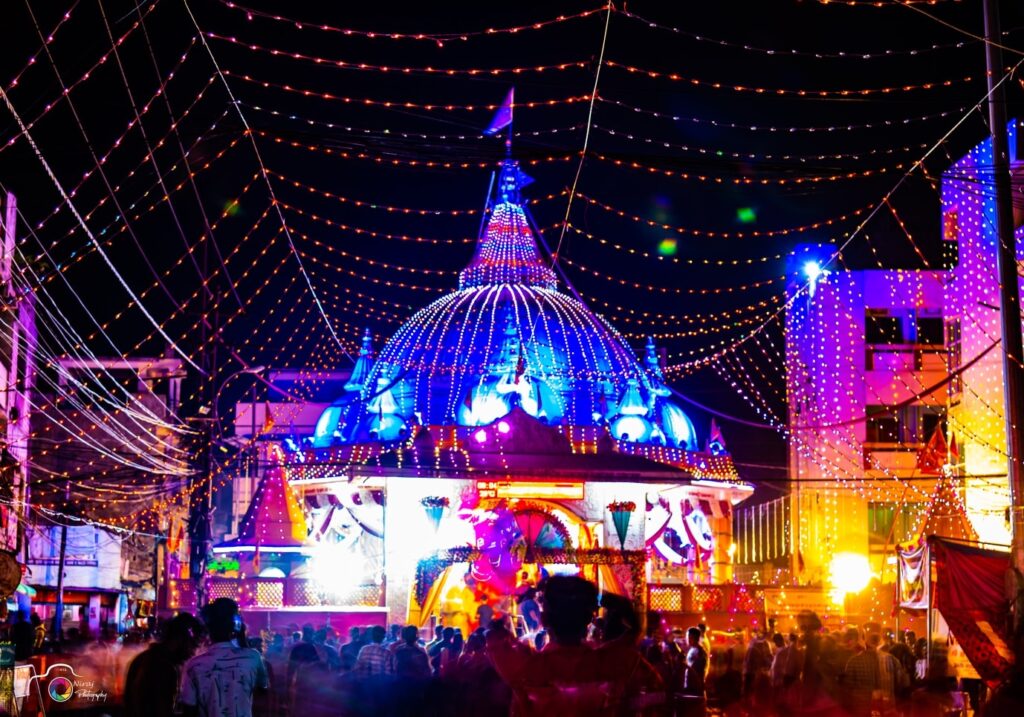
In essence, Parsa’s attractions offer a potpourri of experiences – from the thrill of wildlife exploration to the vibrancy of city life, from the humbling presence of historical landmarks to the serenity of natural landscapes. A trip to Parsa is a journey through an array of emotions and experiences, making it a memorable escape for every traveler.
Parsa through My Eyes: A Personal Perspective
My journey through Parsa was akin to a beautiful poem, each verse unveiling a new layer of its mesmerizing character. I remember my first interaction with the locals, their warm hospitality felt like home. The charm of Parsa lies not just in its landscapes, but the stories etched in its soil and narrated by its people.
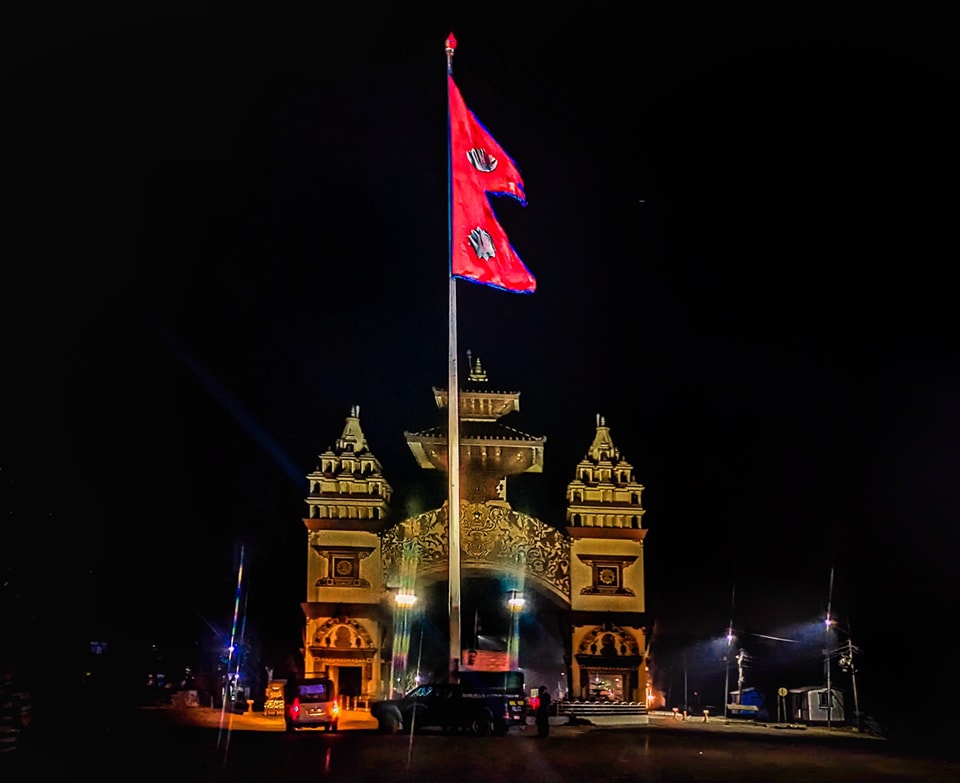
In conclusion, Parsa District is a symphony of nature’s grandeur, a gallery of historical footprints, and a testament to Nepal’s cultural diversity. It’s an uncharted territory offering a plethora of unique experiences that are sure to etch in your memory forever. If you’re looking for a unique travel experience, pack your bags and step into the unforgettable journey that is Parsa District.
FAQs about Parsa District
The best time to visit Parsa is between October and March when the weather is pleasantly cool.
Bhojpuri, Maithili, and Nepali are the main languages spoken in Parsa District.
The major attractions are the Parsa Wildlife Reserve, Ghantaghar in Birgunj, and Shankaracharya Gate.
Hinduism is the most prevalent religion in Parsa District.
Parsa is home to diverse ethnicities, including Yadavs, Tharus, and Baniyas.
More…
If you know any more places where we can visit or any other information then feel free to comment of message us.
To read about different places visit thesandeshneupane.com you can find article in Nepali language here.
Watch videos of different places on YouTube channel named as THE SANDESH NEUPANE or click here.
All the photo copyright to the respective owner. For any querry or anything related to copyright mail me with proof at sandesh@thesandeshneupane.com or admin@thesandeshneupane.com .

